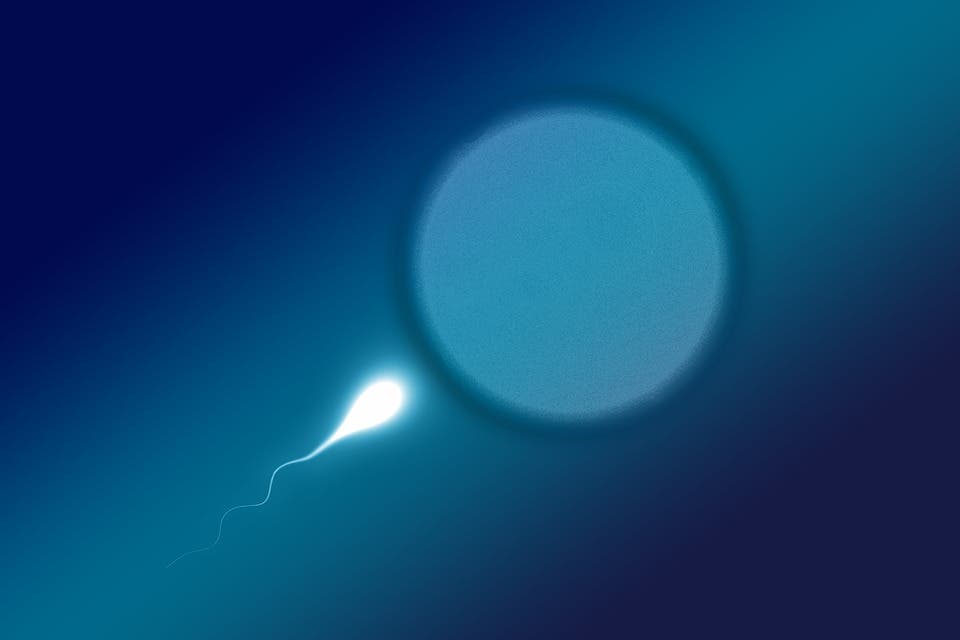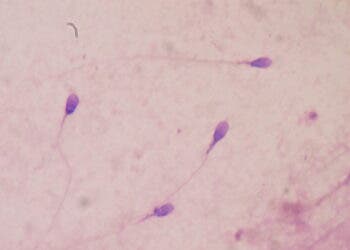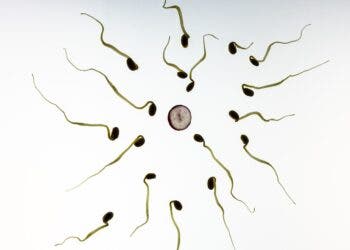
Out of the millions of sperm that embark on the perilous journey to fertilize the egg, only a dozen or so cells are able to fully penetrate the reproductive tract, crossing the cervical mucus. Out of all of them, a single cell is allowed to fertilize the egg — winner takes all. A new study reveals how these motile cells are able to swim through so many obstacles, showing that the tails of human sperm have a reinforced outer-layer that allows it to break through the cervical mucus barrier which can be 100 times more viscous than water.
And the winner is…
Researchers at the University of York performed a computer model of different sperm tails — or flagella — from two types of animals: those that fertilize inside the body, such as humans and other mammals, and those that fertilize outside the body by releasing sperm into the environment like the sea urchin. The model showed that the tails of human and sea urchin sperm share many characteristics with one important distinction — the sperm in mammals have a reinforcing outer layer that offers extra strength and stability.
When the researchers released a virtual sea urchin-like sperm to swim through a liquid that mimicked the viscosity of the cervical mucus, they found that the tails quickly buckled under the pressure. Meanwhile, human sperm convulsed violently in a low-viscosity liquid like water but swam in a powerful rhythmic wave in a thicker fluid.
“We still don’t fully understand how, but a sperm’s ability to swim could be associated with genetic integrity. Cervical mucus forms part of the process in the female body of ensuring only the best swimmers make it to the egg,” Dr. Hermes Gadêlha, from the Department of Mathematics at the University of York, said in a statement.
The researchers think that the sperm’s flagella adapted to swim through thicker fluids, although it is not clear which evolved first — the stronger sperm or the cervical mucus, or whether they co-evolved. The findings could lead to better screening methods such that only the sturdiest sperm is selected for in vitro fertilization (IVF) treatments.
“During the sperm selection process, IVF clinics don’t currently use a highly viscous liquid to test for the best sperm as until now it was not entirely clear whether this is important. Our study suggests that more clinical tests and research are needed to explore the impact of this element of the natural environment when selecting sperm for IVF treatments.”
There are still many mysteries surrounding sperm. For instance, scientists still don’t know how sperm is able to control its movement and make decisions, but future research might shed light on this.
“We know that, just like in our arms and legs, sperm have tiny muscles which allow their tails to bend— but nobody knows how this is orchestrated inside the tail, at the nanometric scale,” said Dr. Gadêlha.
“Sperm are an architype of self-organisation—movement seems to be happening automatically, perhaps because of a complex combination of many mechanisms at play.”
The findings appeared in the Journal of the Royal Society Interface.






